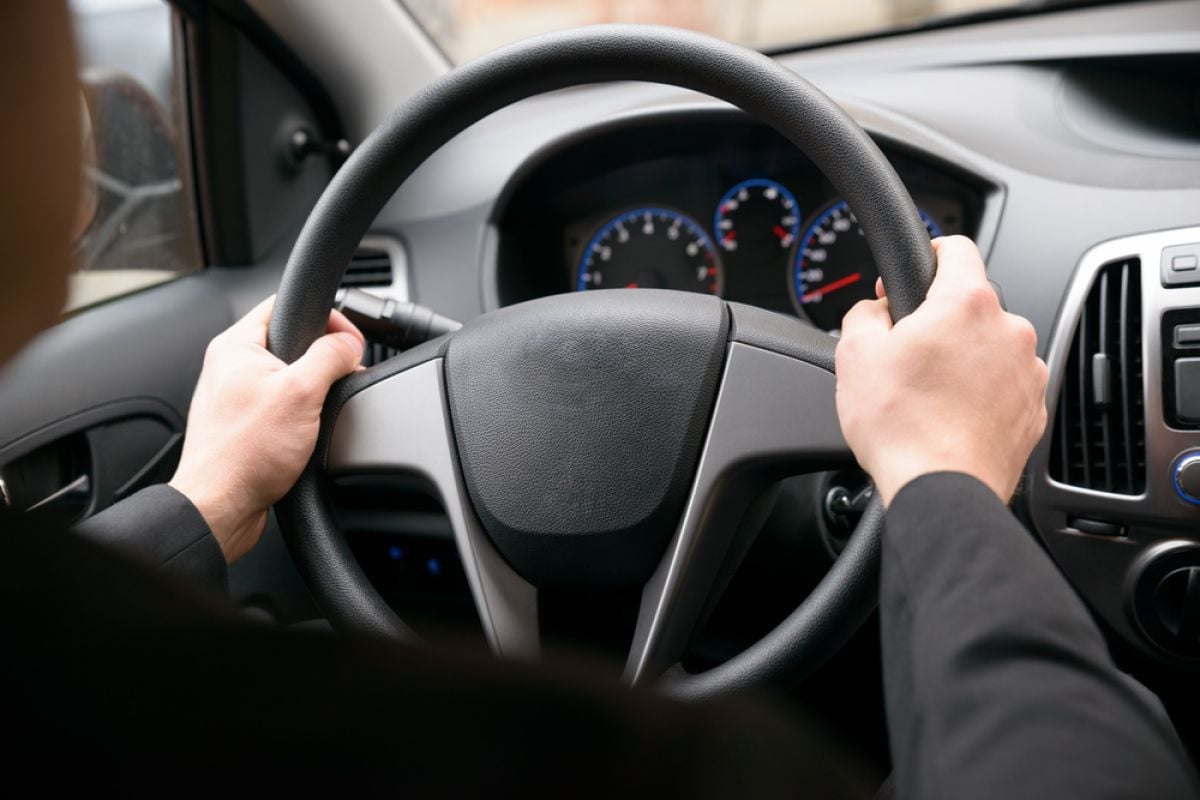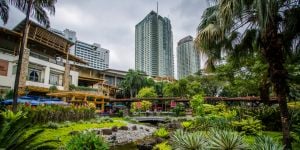
Whether you are converting your existing foreign driving license or applying as a first-timer for a Philippines driving license through the Land Transport Office, it is crucial to be aware of the requirements and documents needed to avoid any delays or any unnecessary bureaucracy.
How to qualify for a driver's license in the Philippines
To apply for a local driver's license, you have to meet the following criteria:
Duly accomplished Application Form for Driver's Licence (which can be obtained at the office or downloaded here)
Original and photocopy of passport with visa duration of at least 5 months from the date of application
Original ACR (Alien Certificate of Registration)
Fees for Student's Permit (Student Driving Licence) if applicable.
Converting your driver's license in the Philippines
The application has to be made at one of the branches of the Land Transportation Office (LTO). Note that to be able to apply or convert your licence, you must prove that you will stay in the country for at least a year from the date of application. The following documents are required:
Duly accomplished Application for Driver's License (which can be obtained at the office or downloaded at the LTO webpage.
Original and 1 copy of foreign licence (if such licence is not written in English, you must submit an official English translation from the consular or Embassy of your country)
Original and machine copy of valid passport showing the latest date of your arrival in the Philippines
Original copy of Medical Certificate issued by LTO-accredited physicians.
Original copy of a negative drug test result issued by the Department of Health (DOH) Accredited Drug Testing Center or government hospitals
If your foreign license is expired, you will undergo written and practical examination
You will then be called to take a photo and provide a signature, and pay the required fees. For new applications, you will undergo the following before you can obtain the licence:
a written examination in the form of the Basic Driving Theory Test for Non-Professional Driver's License;
a practical driving test.
You can refer to the LTO website for a detailed information on the fees.
If you have moved to the Philippines, you might probably want to rent or buy a car at some point. Indeed, having a car at your disposal will allow you to travel more independently, whether alone or with your family. However, driving in the country can be quite risky due to the road conditions and local driving habits, especially if you are not yet acquainted with the latter. Moreover, you must have a driver's license recognized in the country.
Obtaining a driving license in the Philippines
To apply for a local driver's license in the Philippines, you have to meet the following criteria:
be at least 18 years old;
be physically and mentally fit to drive a motor vehicle;
be a holder of a student permit issued at least 30 days prior to the application;
be able to read and write in English, Filipino, or the applicable local dialect;
must have been in the country for at least one month and provide proof that you will stay for at least one year from the date of application.
The application has to be made at one of the branches of the Land Transportation Office (LTO). Note that to be able to apply or convert your license, you must prove that you will stay in the country for at least a year from the date of application. The following documents are required:
duly filled and signed Application for Driver's License (ADL) form;
medical certificate stating you are physically and mentally fit to operate a motor vehicle (or otherwise stating your impairment);
your original driver's license along with a photocopy (if it is not in English, you will have to request a translation from your home country's embassy or consulate in the Philippines);
a valid passport proving your latest arrival in the country (must have been in the country for at least a month).
You will then be required to take a photo and provide a signature, and pay the fees. For new applications, you will undergo the following before you can obtain the license:
a written examination in the form of the Basic Driving Theory Test for Non-Professional Driver's License;
a practical driving test.
You can refer to the LTO website for detailed information on the fees.
Driving rules in the Philippines
Driving in the Philippines can be quite a mission, especially if you are not yet used to it. In fact, most roads are clogged and have potholes. Local drivers, especially in Metro Manila, generally drive in a chaotic way, ignoring the highway code, traffic lights, etc.
Make sure that the vehicle's registration papers are always on board, as well as the official payment receipts. You also need local car insurance so that you don't have to spend a lot in case of an accident just because you are an expat.
It is highly recommended that you are fully au fait with the driving laws, speed limits and parking policies before you turn the key.
The Philippines requires everyone to drive on the right side of the road, and all vehicles must be left-hand drive. Unlike in most countries where both left and right-hand cars are allowed so long as the drivers follow which road they should drive on, right-hand drive vehicles are not allowed to operate here.
Speed limit signs are not always displayed on the roads in the Philippines, however, the following generally applies: Expressways: 100 km/h. National and provincial roads: 80 km/h. Through streets or boulevards, clear of traffic: 40 km/h.
You must not park at or inside an intersection, double park, or block a driveway. Also, you shouldn't park within a crosswalk or within the vicinity of footbridges or overpasses. It is also illegal to park on all major national roads.
Car insurance in the Philippines
If you own a car in the Philippines, you are required to subscribe to a car insurance with a local insurance company. You might as well opt for additional insurance so as to cover any other damage that can be caused to your vehicle. In case you prefer international insurance, make sure it is valid in the Philippines.
Importing a vehicle into the Philippines
Only the following foreigners are allowed to import a personally-owned motor vehicle in the Philippines:
immigrants holding 13g or 13a visa or dual citizens;
Special Resident Retiree's (SRR) visa holders; and
47(a)(2) visa holders under the Balik-Scientist Program
Remember that the vehicle needs to be a left-hand drive and does not exceed 3 tons. In addition, it needs to have been registered under your name for at least six months and that it has a Certificate of Roadworthiness and Emission Compliance (CREC) from your home country (and is duly authenticated by the Philippine embassy in the same country).
Good to know:
The Metro Manila area is a polluted, dusty, hot, and humid region. Hence, you are advised to import air-conditioned vehicles, which will prove their efficiency especially when you are stuck for long hours in traffic. You are also advised to 'tropicalize' your vehicle and equip it with resistant shock absorbers.
Useful links:
We do our best to provide accurate and up to date information. However, if you have noticed any inaccuracies in this article, please let us know in the comments section below.








